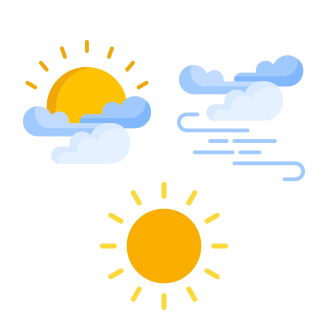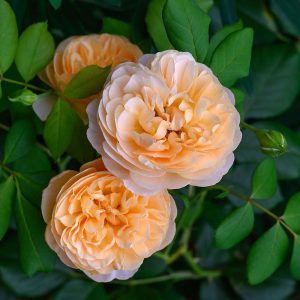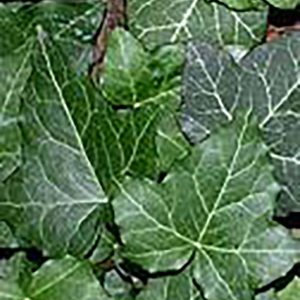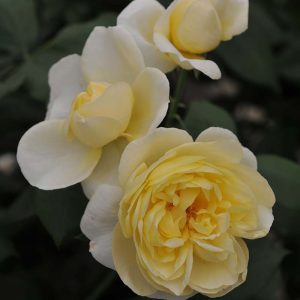Description
Ribes rubrum ‘Rovada’ is a compact, bushy, deciduous shrub that can reach up to 3-4 feet tall and wide, it produces green leaves that are simple and lobed. The plant bears large clusters of bright red, sweet, juicy and large berries that are ready for picking in mid-late summer. It is adaptable to a range of soil types and prefers a sunny to partially shaded position, it is tolerant of cold climates and well-drained soils. ‘Rovada’ is a self-fertile cultivar, meaning it can produce fruit on its own, no need to plant another variety nearby. The berries of ‘Rovada’ are usually eaten fresh, but they can also be used to make jams, jellies, and syrups. it is a good option for the home gardener and small farmers, it is also a good option for container growing.
Key Facts
- Common Name(s):Rovada Redcurrant Bush
- Hardiness:Fully hardy
- How big will I get? Ribes rubrum ‘Rovada’ can grow to a height of 1.5m and a spread of 1.5m.
- Did You Know That:Redcurrants and blackcurrants (Ribes nigrum) are closely related and are sometimes used interchangeably in cooking? They have similar flavor profiles but redcurrants tend to have a bit more tartness.
Plant Calendar
A rough guide to how this plant will change through the year.
| Jan | Feb | Mar | Apr | May | June | July | Aug | Sept | Oct | Nov | Dec | |
| Flowering Time |  |
 |
||||||||||
| Foliage Colour |  |
 |
 |
 |
 |
 |
 |
 |
 |
| J | F | M | A | M | J | J | A | S | O | N | D |
 |
 |
||||||||||
 |
 |
 |
 |
 |
 |
 |
 |
 |
Care Guide

Soil Requirements
Ribes rubrum ‘Rovada’ prefers soil with good drainage and does not tolerate standing water. This plant is not tolerant of alkaline soil, it requires either a neutral or acidic soil to grow.

Best Position
Ribes rubrum ‘Rovada’ prefers a sheltered position and can cope with either full sun or partial shade.

Maintenance
Ribes rubrum ‘Rovada’ should have new growth pruned in July, leaving four or five leaves on the branch. Redcurrants fruit on old growth so this shouldn’t affect fruiting. Then in Winter remove any dead wood and cut back all side-shoots to between one and three buds long.

Pest, Diseases and Wildlife
Ribes rubrum ‘Rovada’ can have problems with aphids and scale insects, and it tends not to have problems with diseases. It is also known to attract bees. It is not considered to be toxic.
![Ribes rubrum 'Rovada' [Redcurrant]](https://leafwise.co.uk/wp-content/uploads/2022/10/Ribes-rubrum-Rovada-Redcurrant.jpg)




